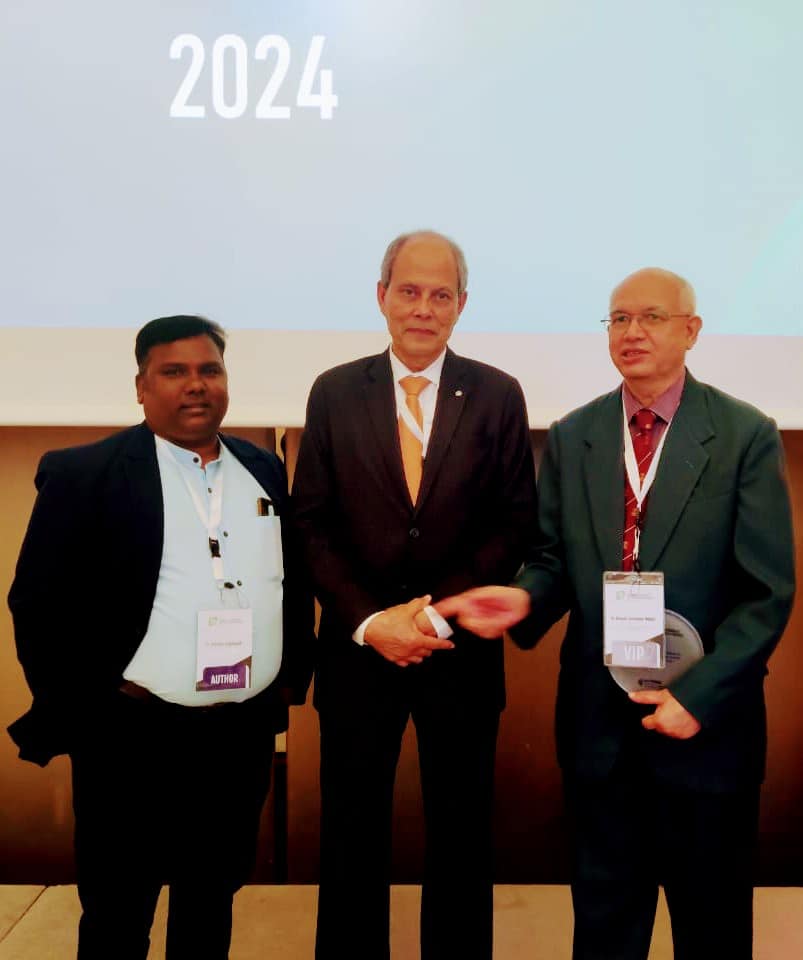COP 28 UAE Resolution 9: In addition to the work led by the COP 28 Presidency, there were announcements across the global climate action agenda on energy transitions, showcasing multi-stakeholder collaboration. The Powering Past Coal Alliance announced the addition of new national and subnational governments into the Alliance, working to advance the transition from unabated coal power generation to clean energy. Coinciding with this progress, France, together with countries and organizations, launched the Coal Transition Accelerator, which aims to share expertise, design new policies through best practices and lessons learned, and unlock new sources of public and private financing to facilitate just transitions from coal to clean energy.
Analysis and Review:
The resolution point discusses announcements across the global climate action agenda on energy transitions, focusing on initiatives led by the Powering Past Coal Alliance and the launch of the Coal Transition Accelerator.
Positive Side of Resolution Point 9:
Multi-Stakeholder Collaboration: The resolution highlights announcements that showcase multi-stakeholder collaboration. The involvement of national and subnational governments, along with organizations, reflects a collective effort to address energy transitions.
Expansion of Powering Past Coal Alliance: The addition of new national and subnational governments into the Powering Past Coal Alliance indicates ongoing momentum and support for advancing the transition from unabated coal power generation to clean energy. This expansion suggests a growing global commitment to phasing out coal.
Innovative Initiatives: The launch of the Coal Transition Accelerator, aiming to share expertise, design new policies, and unlock financing for just transitions from coal to clean energy, demonstrates innovative approaches to address the challenges associated with coal phase-out. The emphasis on best practices and lessons learned adds value to the initiative.
Focus on Just Transitions: The mention of facilitating just transitions from coal to clean energy aligns with the broader goal of ensuring that the shift to cleaner energy sources is fair, inclusive, and minimizes adverse impacts on affected communities and workers.
Negative Side of Resolution Point 9:
Lack of Specific Targets: While the resolution outlines initiatives and collaborations, it does not provide specific targets or measurable goals for the announced initiatives. Critics might argue that without clear benchmarks, it is challenging to assess the effectiveness and impact of these efforts.
Implementation Challenges: The resolution mentions the launch of the Coal Transition Accelerator but does not elaborate on how the objectives will be implemented. The lack of details on the implementation strategy may raise concerns about the feasibility of achieving the intended outcomes.
Potential Overlap or Duplication: The resolution mentions both the Powering Past Coal Alliance and the Coal Transition Accelerator, and it is not clear how these initiatives complement each other or if there is potential for overlap or duplication of efforts. Lack of clarity on coordination mechanisms may raise questions about efficiency.
Limited Mention of Funding Sources: While the Coal Transition Accelerator aims to unlock new sources of public and private financing, the resolution does not provide specific details about these funding sources. Critics might question the sustainability and adequacy of the financing mechanisms.
In summary, while the resolution points to positive aspects such as multi-stakeholder collaboration, the expansion of alliances, innovative initiatives, and a focus on just transitions, concerns may arise about the lack of specific targets, implementation challenges, potential overlap, and the need for transparent funding sources.


